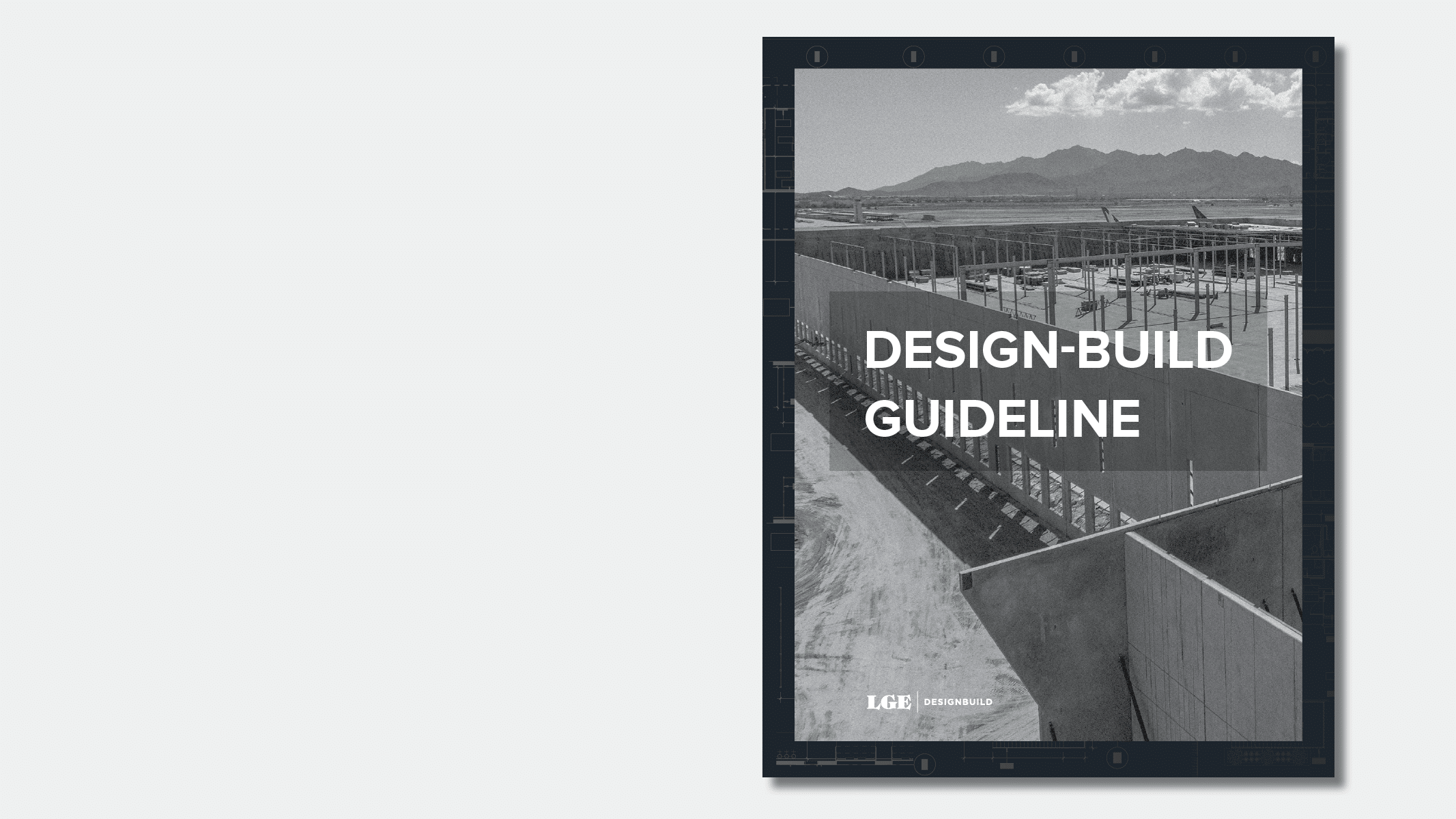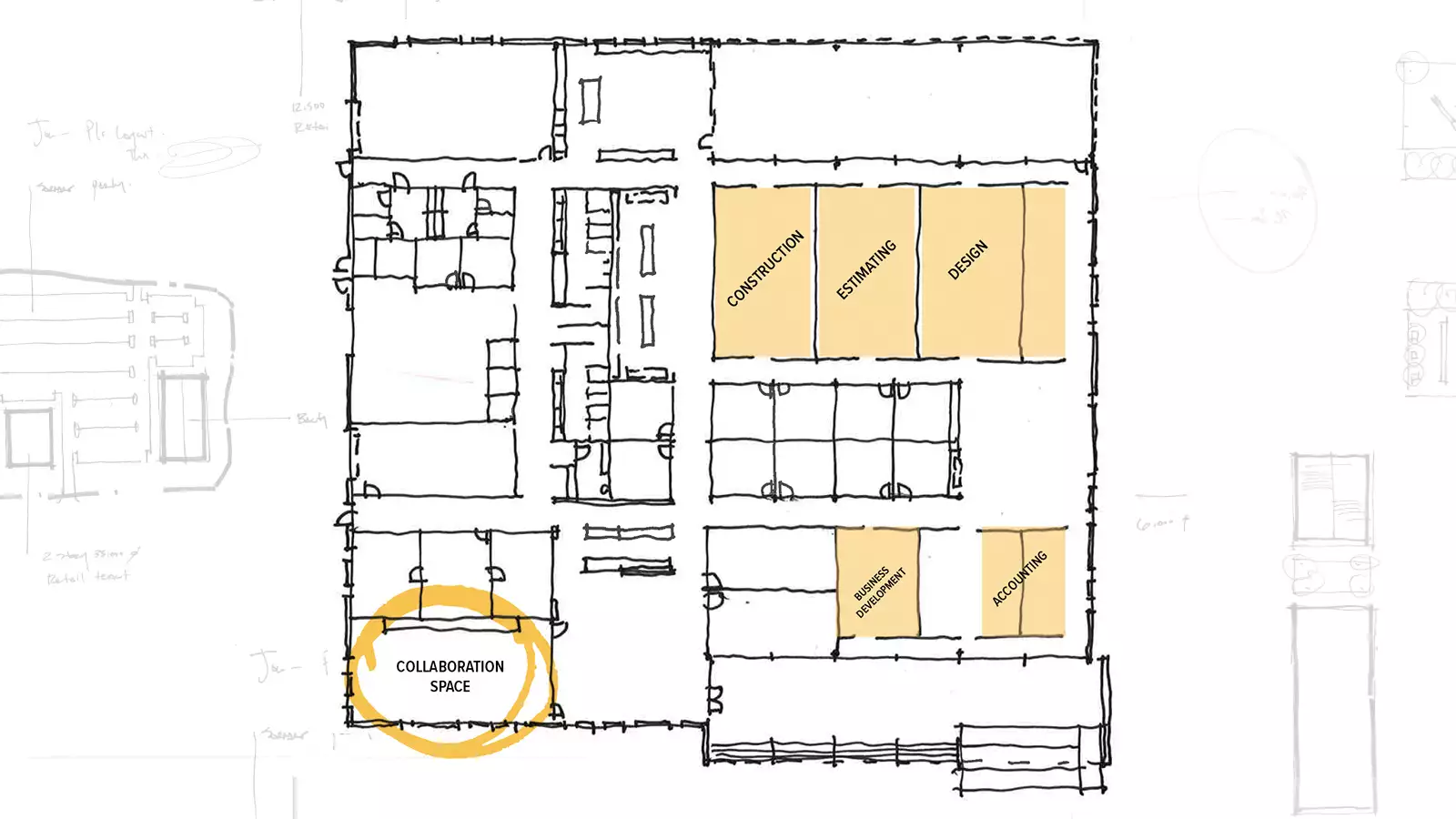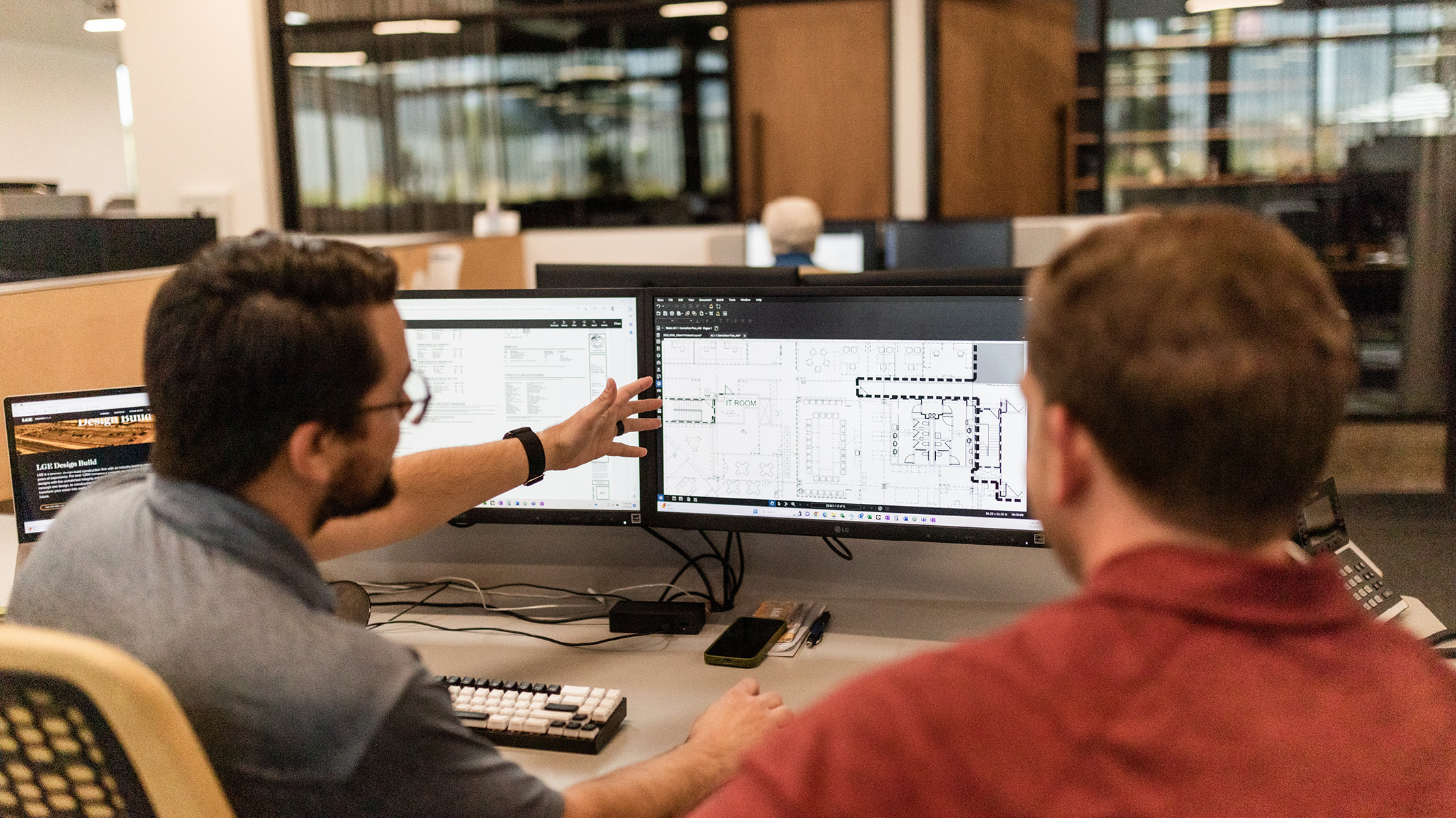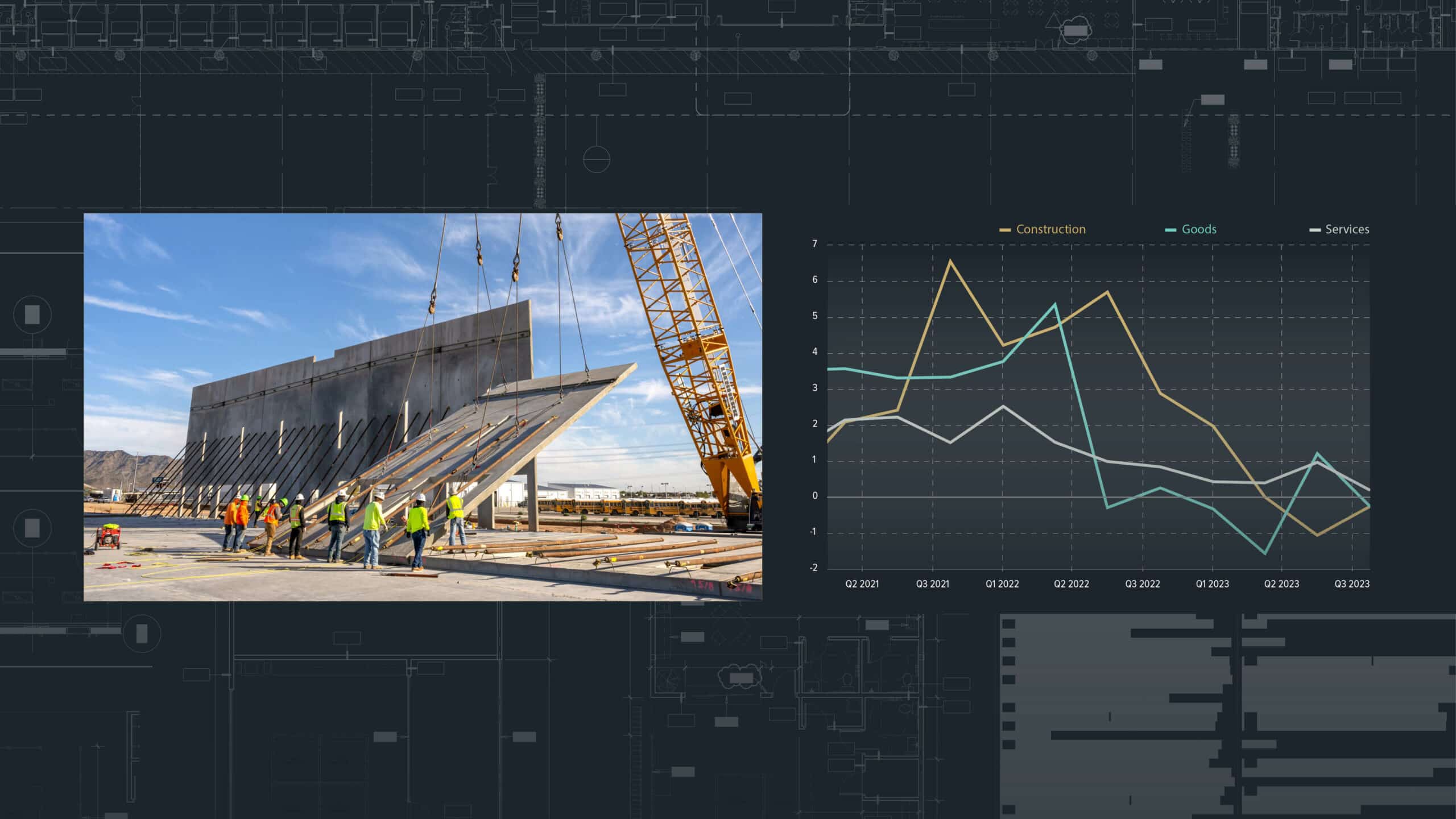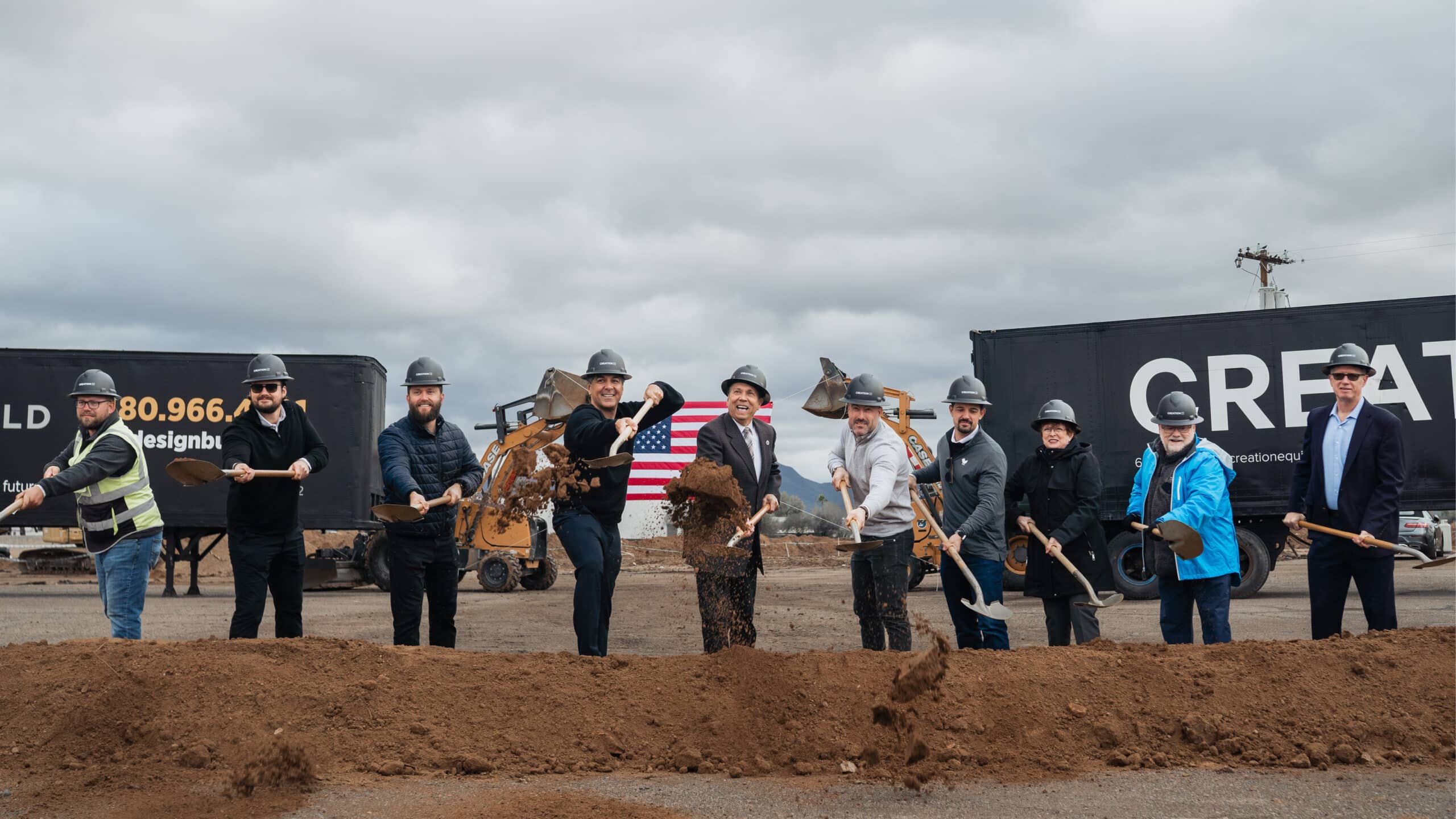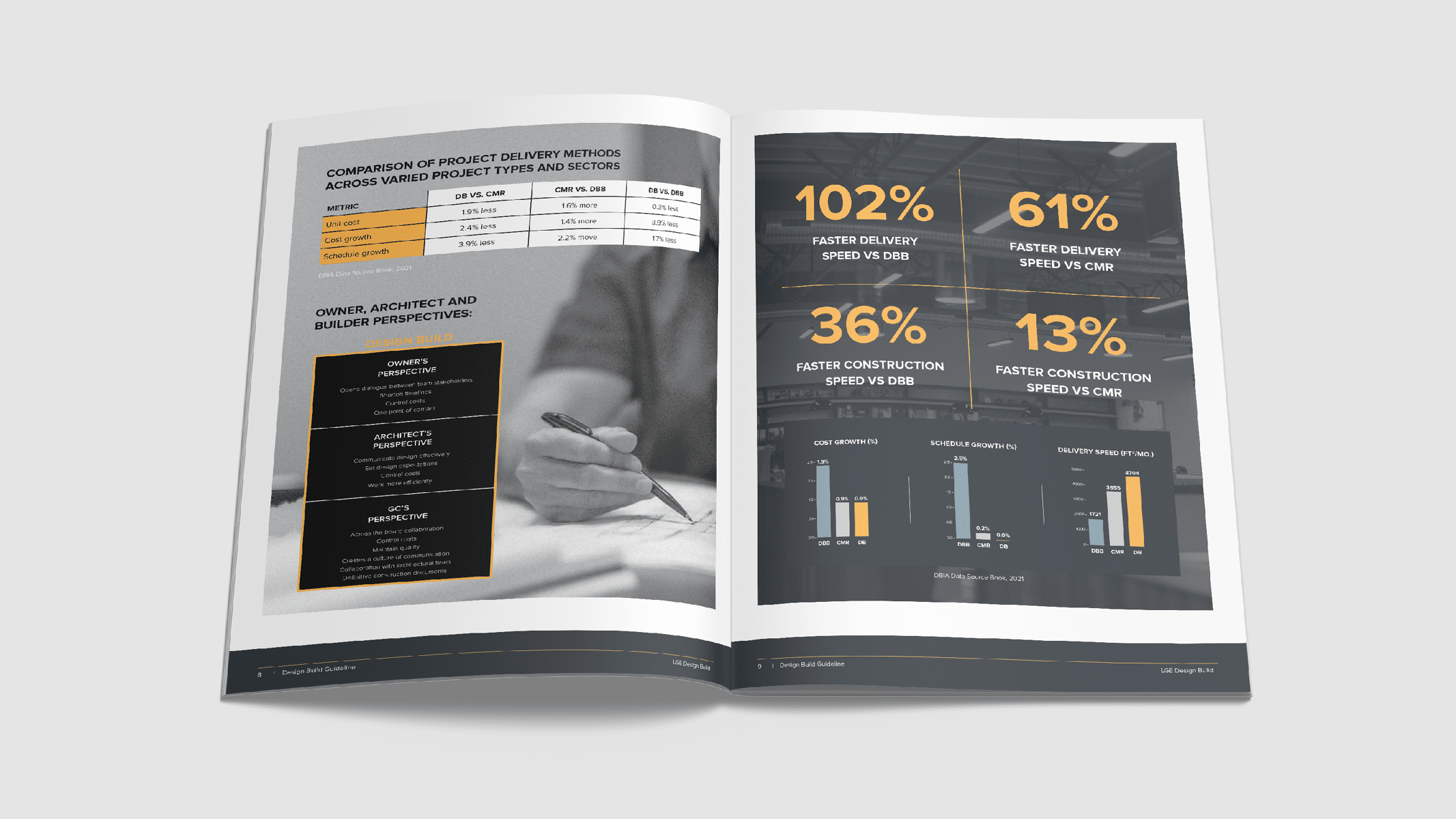
Design-Build: Unveiling Benefits and Comparing Methods
The construction industry has witnessed a significant rise in the adoption of the design-build methodology in recent years. This post and downloadable guide aim to explore the reasons behind this rapid growth, shed light on the benefits of the design-build approach, and present a side-by-side comparison with traditional construction methods.
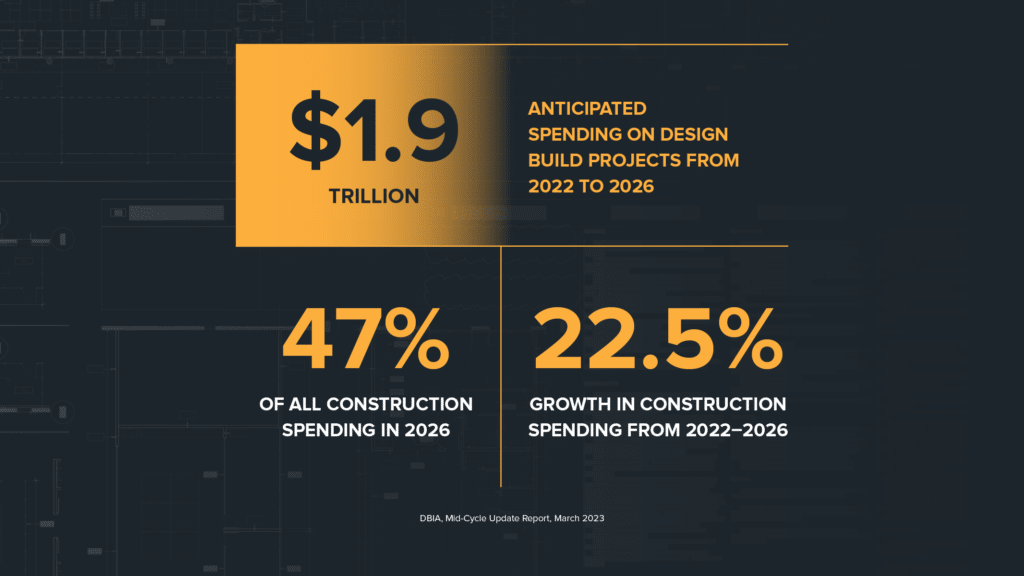
The Reasons for Rapid Growth in Design-Build:
Streamlined Communication and Collaboration: The design-build methodology promotes a collaborative environment by bringing together architects, engineers, and contractors from the project’s inception. This integrated approach minimizes communication gaps and enhances coordination among team members, reducing project delays and conflicts.
Efficient Project Delivery: Design-build enables a faster project completion compared to traditional methods. By overlapping the design and construction phases, it eliminates the sequential handover of documents and allows for early procurement of materials, resulting in accelerated project timelines.
Enhanced Cost Control: Design-build projects often have better cost control due to the early involvement of contractors who provide valuable input during the design phase. This collaboration helps identify cost-saving measures, value engineering opportunities, and potential design modifications to optimize budget allocation.
Single-Point Responsibility: In design-build, a single entity is responsible for both the design and construction aspects of the project. This consolidated accountability streamlines decision-making processes, reduces owner involvement, and minimizes the potential for disputes among multiple parties.
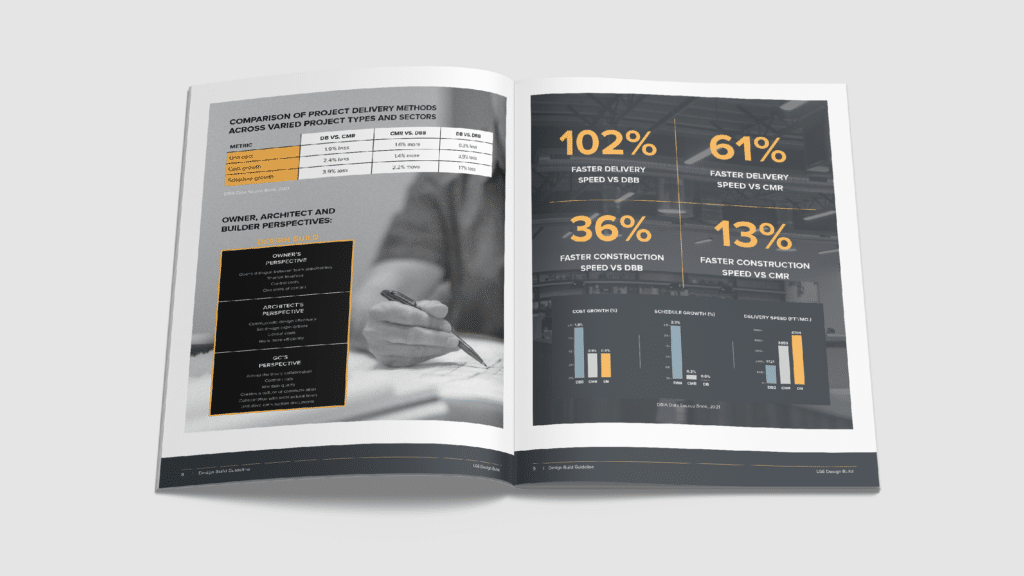
A Comparison: Design-Build vs. Traditional Construction
Design-Build:
- Single-point responsibility, ensuring accountability
- Streamlined communication and collaboration
- Faster project delivery with concurrent activities
- Better cost control through early contractor involvement
- Encourages innovation and value engineering
Traditional Construction:
- Separate entities responsible for design and construction
- Potential communication gaps and coordination challenges
- Longer project timelines due to sequential processes
- Cost control challenges during construction
- Limited contractor involvement during the design phase
Choose the design-build methodology for your Texas or Arizona construction projects and benefit from streamlined communication, efficient project delivery, cost control, and single-point responsibility. Enjoy improved project outcomes, cost savings, and innovation.
